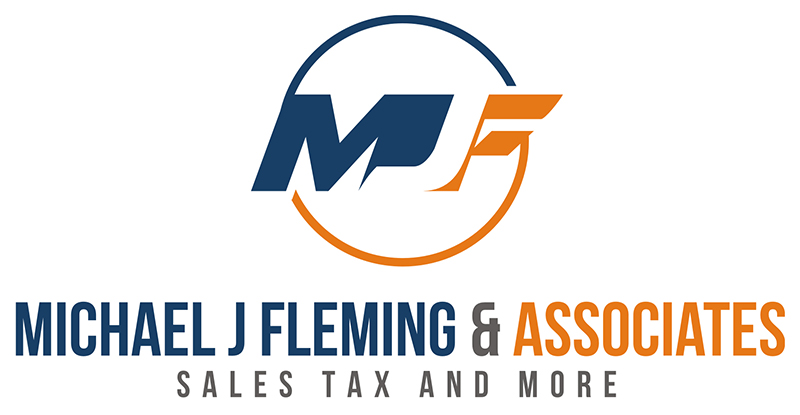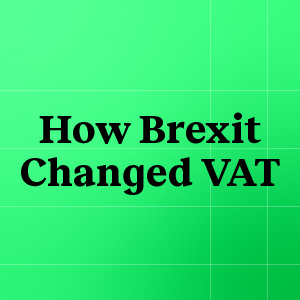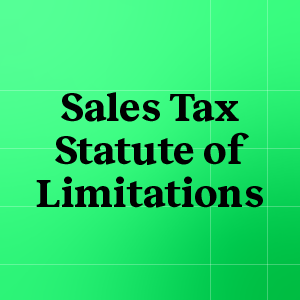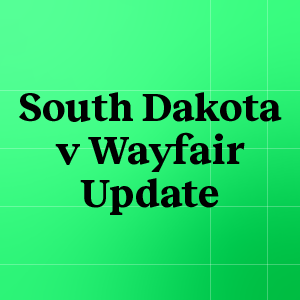A Sales Tax Expert Weighs In on the South Dakota Supreme Court Ruling
by June 22, 2018
This guest post is from our friends at Mike Fleming and Associates.
On Thursday June 21st, the long wait for a US Supreme Court decision in the South Dakota v. Wayfair came to an end. In a 5-4 decision, the Court overturned the physical presence requirements of both the Quill and Bellas Hess cases.
Nexus has now been re-defined
While challenging for sellers, this is a win for the states because the states are now free to potentially tax businesses if there is a substantial nexus with the state.
When the substantial nexus is based on sales or transactions we call this an economic nexus.
Per this decision, we now know that $100,000 in sales or 200 transactions a year is substantial economic nexus in South Dakota.
However, the Court did not provide any guidance regarding lower numbers. Could $10,000 or 20 transactions be considered substantial nexus? We’ll have to wait and see.
There are at least 20 or so states that already have economic nexus statutes, rules, or regulations for sales tax primed and ready to go. However, there were 41 states plus DC that petitioned the Court to repeal Quill. It will be interesting to see what these additional states will do and how fast they will do it.
Will they mimic South Dakota or will they push the envelope with lower thresholds?
Implications for back taxes
The Court basically said that in the previous two cases, Bellas Hess (1967) and Quill (1992), that the Court erred in their application of a physical presence requirement.
The Supreme Court’s decision has now overturned those two cases.
In theory, since those cases have been overturned, states could go back and demand back taxes, penalty, and interest from years past.
I have spoken with, or listened to many states’ Departments of Revenue and the general consensus is that the states will not pursue this path. This, however, is also yet to be determined if the states will go down this road.
Previous nexus definitions still stand
The ruling does not say that only economic thresholds create nexus. Everything established regarding nexus prior to still stands. So we need to consider inventory, the activities of employees and even third-parties including affiliate programs when assessing nexus in a state.
After this decision I believe that states will now step up their enforcement efforts. I think we will see the discovery units of each state working overtime and adding resources.
Many questions remain
Will there be an amnesty? How will you register? Will you register prospectively, historically or with a VDA? How do you plan on filing all these returns? What about all the new statutes, rules or regulations that are sure to come? How will you stay current? Will Amazon start collecting the tax everywhere? Will congress step in and save the day?
Will congress step in?
While I can’t predict the future, if we wait for Congress or Amazon to solve our problems we might be waiting a long time. In 1959, Congress did step in and nullify a US Supreme Court decision concerning income tax nexus.
At that time, they passed the Interstate Income Tax Act of 1959 or, as it is more commonly called, PL 86-272. They passed this as a temporary “emergency” measure, but needed to study the complexities of nexus so that a permanent solution could be found. Yet here we are, 59 years later, still working with this antiquated temporary solution.
In 1992, Congress was again reminded by the US Supreme Court that they were better suited to address nexus issues, but again here we are, 26 years later, and still no solutions have been passed by congress. While there’s a chance it very well may happen, I am not holding my breath for it.
What about Amazon collecting on behalf of sellers?
As to Amazon collecting the tax for third-party sellers, I think this will eventually happen. However, it could take years for Amazon to start collecting the sales tax in every state, just as it took years for them to start collecting on their own sales.
We’ve also learned that Amazon collecting sales tax is not a cure-all. It can often cause additional headaches as sellers in Washington are realizing. Amazon is only responsible for sales tax going forward and they do not file or pay the Business and Occupation (B&O) tax. The B&O is a second tax on the sales tax return, and sellers are responsible for filing and remitting the B&O and all past exposure.
Looking forward
Looking ahead, there will be many such as myself providing additional information and commentary on state reactions, actions and potential paths forward. We will see many webinars, podcasts, and much more written material.
However, once we have gotten over the shock of this decision and have resigned ourselves to the fact that sales tax will play a bigger part in all our lives, there are some first steps we should consider taking:
- Start reviewing our sales volumes and transactions by state
- Find a knowledgeable provider of information that you trust to help you navigate this maze of existing and forthcoming requirements
- Gather information and determine how you’ll go about filing your returns
- Start registering in states where you already have nexus
Mike Fleming and Associates, we are here to help if anyone would like to discuss their situation.









